I have a data set that needs to be cleaned from mistakes. For that, I have a sub-data set that contains only observations that I know are correct ("Match"). I would like to draw a 95% confidence ellipse around those correct observations on a plot and exclude all observations out of the ellipse from my main data set. I figured out how to draw it but now I would like to be able to take out data based on that.
I'm a beginner with R so all of that is pretty new to me so I might not understand complicated coding. :)
Thanks !

To add more details, my data are measurements of collembolas (a type of insect). It has this basic structure:
replicate node day MajorAxisLengtnh MinorAxisLength Data.type
1 1 1 50 2.1 0.4 Match
2 2 1 50 2.3 0.2 Unknown
Therefore, I want to validate measurements by excluding unrealistic aspect ratios (length/width). Using the subset that I know is correct (match observations), I want to determine a reasonable range of aspect ratios for collembola, and use it to remove any unrealistic observation. I was advised to use a 95% confidence ellipse for good observations and take out observations that don't fit in the ellipse.
